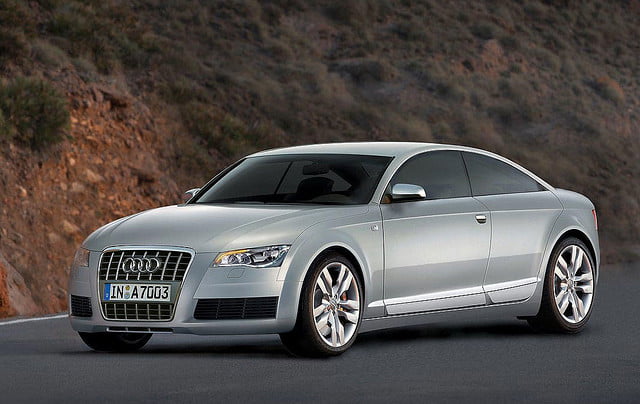Driverless flying cars are not an uncommon sight in science fiction movies. But while flying cars might still be far from reality, autonomous cars are no longer a dream. One such car is currently being developed in Jerusalem, by Israeli Driver Assistance Systems’ company Mobileye.
Related aricle
- New Waze Feature Helps You Navigate Your Way To Clean Water
- Can New App ‘Parko’ Forever Solve Urban Jungle Parking Nightmare?
In recent years, Israel has become a major player in automated technology development. There are currently three companies developing automated driving systems in Israel: General Motors, Elbit Technologies, and now Mobileye. The company’s driverless test car is an Audi A7, worth NIS 588,000 ($154,000). Thirteen years after its establishment, the technology company that specializes in driver-assistance-systems, has decided to “recalculate its route” – and replace drivers with a system which enables the car to drive itself, at least for a little while.
“It’s not autonomous driving to the extent that the driver punches in a destination and goes to sleep,” Mobileye chairman prof. Amnon Shashua tells Israeli website TheMarker, “the system is able to assume control for a limited time. The driver could read a text message or change a radio station, while giving the cameras temporary control.”
The automated driving system is based on a combination of cameras, radars and audio sensors, which navigate the car even in a tight urban environment. The mobileye system is based on five cameras: two in the front, one on each side and one in the back. The cameras are synched with the company’s navigation system, which drives the car safely to its destination. “The system allows keeping safe distance and identification of traffic-lights and road signs. Using the side cameras, the car could cross an intersection that doesn’t have traffic lights and changing lanes in mid-city traffic. The system keeps the car in the middle of the lane and one could also use it to follow a specific car.”
“The technology is also useful in cases where the driver loses consciousness and has let go of the steering wheel. If such an event occurs, the car will independently pull over. Temporary control of the car is the second wave of driver perception-enhancement – while we are still on the first wave, which culminates with the car’s ability to break on its own in case of emergency. Therefore, the next phase is automated driving, the instant you let go of the wheel.”
…
To continue reading in Hebrew, click here.
Via TheMarker
Photo by vandango
Related posts

Editors’ & Readers’ Choice: 10 Favorite NoCamels Articles

Forward Facing: What Does The Future Hold For Israeli High-Tech?

Impact Innovation: Israeli Startups That Could Shape Our Future




Facebook comments